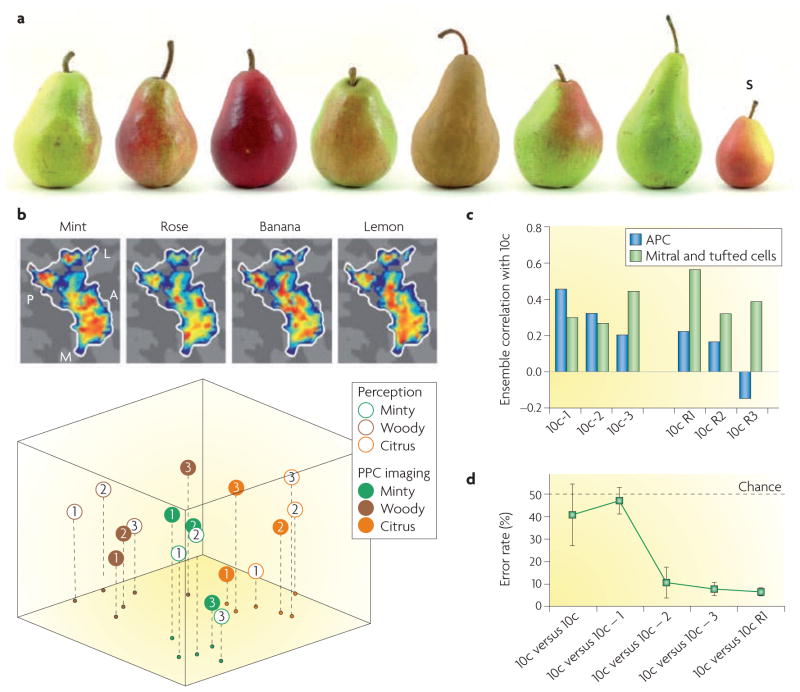Figure 4. Constancy and categorization of objects.
a | Despite differences in odour, colour, size, shape and texture, all of the objects shown belong to the category ‘pears’. In the piriform cortex, distributed ensemble patterns of odour-evoked activity provide a mechanism for perceptual pattern completion139 of partial, fragmented or non-canonical stimulus inputs. This allows the distinction of one object from a group of objects of the same category — for example, the distinction of the small Seckel pear (S) from a group of pears. b | Data from a human subject, presented on a flattened cortical map of the left posterior piriform cortex (PPC), showing that odorants that differ in perceptual quality evoke distributed and overlapping but unique functional MRI activity patterns in this structure (top part). Considerable response overlap was observed at the level of individual voxels, suggesting that odorants that differ in perceived quality might activate the same voxel. However, at the multi-voxel level, qualitatively distinct odorants evoked unique ensemble patterns of activity. From a dataset of 3 minty, 3 woody, and 3 citrus odorants, 2 ‘distance’ matrices were generated: a 9-by-9 imaging matrix composed of the multi-voxel fMRI signal correlation in the PPC for every odorant pair and a 9-by-9 perceptual matrix composed of perceived differences (reported by the subject) in odour quality between every odorant pair. Multidimensional scaling projections of these distance matrices onto a common three-dimensional space (bottom part) demonstrated robust spatial correspondence between the projected PPC imaging map (shown by filled circles) and the projected perceptual map (shown by open circles)128. A, anterior; L, lateral; M, medial; P, posterior. c | In the rodent anterior piriform cortex (APC), virtual ensemble activity patterns for a 10-odorant mixture (10c) were highly correlated with similar mixtures from which 1 component was removed (10c – 1). These pattern correlations progressively decreased as more odorants were either removed (10c – 2, 10c – 3) or replaced (10c R1, 10c R2, 10c R3) in the mixture (shown by blue bars). This was not observed in the mitral and tufted cell ensembles (shown by green bars). d | A 2-choice odour discrimination test shows that rats make many more errors when trying to distinguish between 10c and 10c – 1 (pattern completion) than when trying to tell apart 10c from 10c – 2, 10c – 3, and 10c R1 (pattern separation). This finding is in agreement with the pattern correlations that are depicted in part c. Part b is modified, with permission, from REF. 139 © (2009) Macmillan Publishers Ltd. All rights reserved. Parts c and d are modified, with permission, from REF. 137 © (2008) Macmillan Publishers Ltd. All rights reserved.

